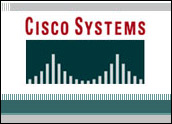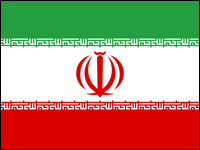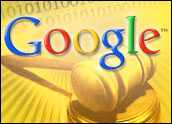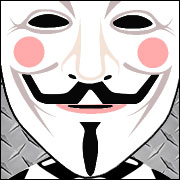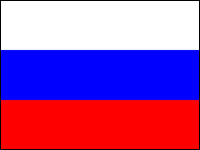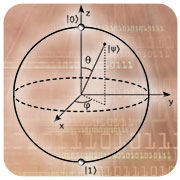
Quantum Computers, Part 1: A Simple Understanding
Comparing an atom to a coin is like comparing a human heart to a repeatedly clinching fist. The analogy is woefully simplistic in relation to what is actually going on.
But someone with a layman’s understanding of the human body is unlikely to grasp the nuances of the human heart. Similarly, someone whose understanding of physics is derived from high school science class is unlikely to grasp the quantum world. So despite its shortcomings, a coin may be an apt description. Or at least the most apt description this side of the Heisenberg Uncertainty Principle.
So: When someone flips a coin, it will land on either heads or tails. These are the two, and only two, possible outcomes while the coin is in the air.
In that sense, a coin is akin to classical computing. Information is stored in a string of 0s and 1s (a string, that is, of heads and tails). Together, the 0s and 1s form bits, and these bits, when aligned in certain sequences, dictate the functions that a machine is to perform, be it sending a text message or opening up Microsoft Word.
A Huge Little Difference
Machines that use quantum technology, however, have a different type of bit. Unlike a conventional bit, a quantum bit, or “qubit,” has the physical properties of an atom. And because of atoms’ ability to be in dual states, a qubit can simultaneously be 0 and 1. So while conventional computers are governed by a rigid series of mutually exclusive 0s and 1s, a quantum computer is built with qubits that can be 0 and 1 at the same time.
A qubit, in this sense, is a coin resting on its edge, capable of going either way and, as a result, performing at a higher level than conventional bits.
“A coin on its side gives you the option of going either way,” said John Martinis, a physics professor at the University of California, Santa Barbara, speaking in colloquial terms about a colossal concept.
“It provides a range of possibilities that usually aren’t possible,” he told TechNewsWorld.
And this versatility is one of the reasons quantum technology is going open previously unopened doors — or, more accurately, build doors where doors previously didn’t exist.
Dueling With Dual Nature
Increased possibilities or no, a coin on its edge is nonetheless fragile, constantly in a state of wanting to topple over. Thus, while the dual possibilities of qubits unleash fantastic computational capabilities, this fragility poses a daunting challenge.
“You want to extract that richness, but you don’t want to lose the stability,” Martinis said. “We need to be able to control something, to control the quantum state, but at the same time we don’t want to have other things that cause the state to change.”
This quandary has mandated its own area of study, some of which is taking place some 5,500 miles away from Santa Barbara, in Denmark. That’s where Jacob Sherson, a professor and researcher at Aarhus University, is trying to perfect a type of laser, or “tweezer,” that can manipulate the movement of these otherwise fragile atoms.
“The tweezer,” Sherson told TechNewsWorld, “is a tool to make atoms interact with one another. We are able to point the tweezer at a single atom and control it, make it do what we what. Now we want to do that with more and more atoms.”
Ordering Magnitude
Owing to the fact that qubits have the physical properties of an atom — that they can simultaneously be 0 and 1 — each additional atom doubles the number of possible operations. This results in an exponential increase of the power of a quantum device.
As Sherson writes, “30 quantum bits can allow a billion 10^9 operations at once, whereas a gate with 30 classical bits still does only one operation.”
Current computing devices compensate for this limitation by cramming billions of transistors into a single chip, allowing for myriad functions by virtue of volume. Quantum technology wouldn’t need this volume, however, because each individual qubit is so powerful. And this, according to Mark Ketchen, the manager of physics of information at the IBM’s TJ Watson Research Center, will bring about seismic shifts in computing power.
“You don’t need several billion qubits to perform functions on a quantum computer” Ketchen said. “You would only need a small number. Maybe it’d be in the hundreds or thousands, but certainly not billions. So we are creating something that is orders of magnitude less and orders of magnitude faster.”

